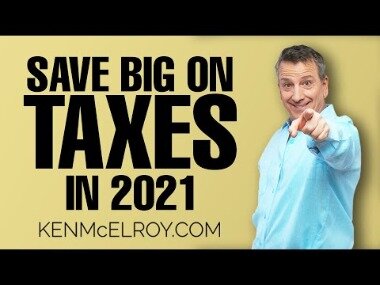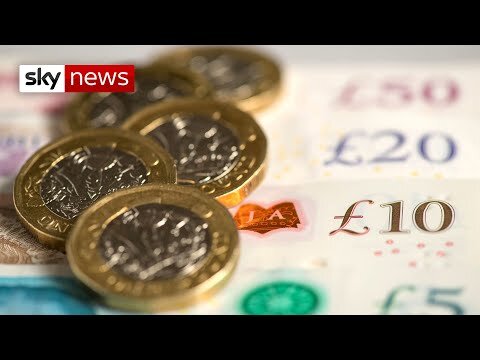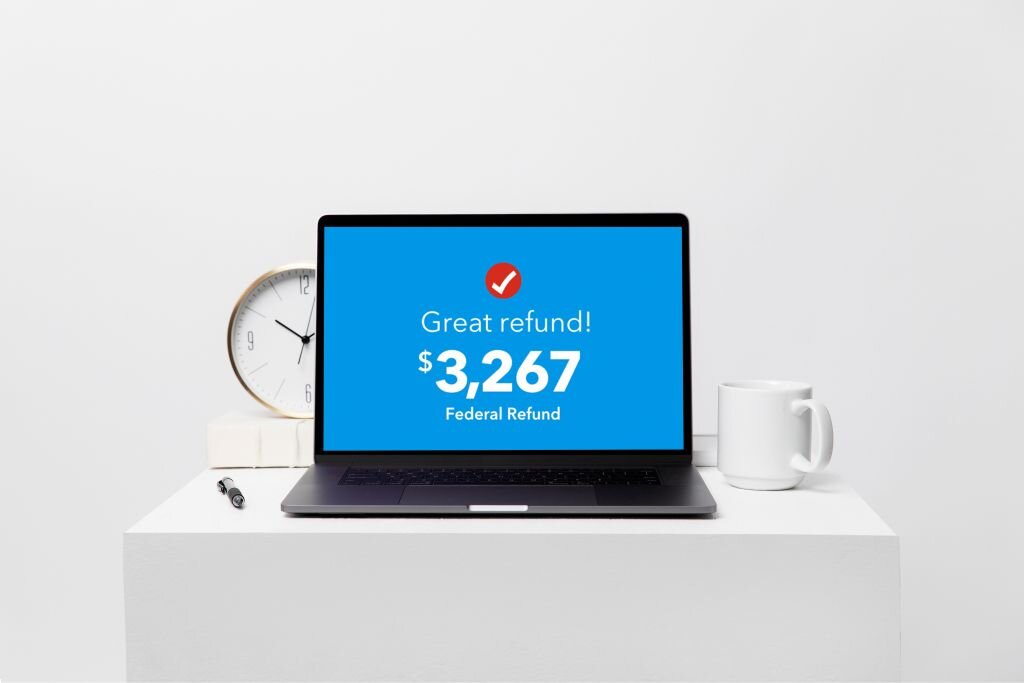Contents:


Impairment principles for an intangible asset with a finite useful life are the same as for PPE. IFRS provide companies with the choice to report PPE using either a historical cost model or a revaluation model. Let’s look at more of the AFP survey’s findings, which reveal that most companies’ assumed capital costs are off by a lot more than 1%. In following video tutorial, Wall St. Training Self-Study Instructor, Hamilton Lin, CFA has analyze the cost of debt and tell us its deep nuance or tints. However, potential investors will want to look into a firm more if it has become excessively or increasingly dependent on debt for its sector.
With its huge size and network, Alibaba IPO may look at international expansion beyond China and may lead to price wars and intensive competition in the US. It assumes that there would be no change in the capital structure, which isn’t possible all over the years, and if there is any need to source more funds. Here, I have considered a 10-year Treasury Rate as the Risk-free rate. However, some analysts also take a 5-year treasury rate as the risk-free rate. Please check with your research analyst before taking a call on this. So after calculating everything, let’s take another example of WACC calculation .
The weight of the preference share component is computed by dividing the amount of preference share by the total capital invested in the business. To illustrate this concept, let’s say that Company X paid $10 million in interest last year. Over the past four quarters, the company’s debt obligations averaged $250 million.
But those higher interest rates translate to higher interest payments for that company, which leads to a higher cost of debt on the balance sheet. It also leads to lower accounting earnings on the income statement. The market price of a company’s existing bonds implies a yield to maturity. Recall that the yield to maturity is the return that current purchasers of the debt will earn if they hold the bond to maturity and receive all of the payments promised by the borrowing firm. A company’s cost of debt is the interest rate it would have to pay to refinance its existing debt.
Likewise, Gamestop carries a cost of debt of 4.13%, which also indicates a poor credit rating, leading to higher lending costs. There are two parts to calculating the cost of debt; both are part of calculating the after-tax cost of debt, which accounts for that interest rate expense and the tax benefits. In this guide, you will learn about the cost of debt, as well as how to calculate it before and after taxes have been paid. You will also learn how to use Microsoft Excel or Google Sheets to calculate the cost of debt and how a tool like Layer can help you synchronize your data and automate calculations. The total interest you’d pay your friend for that loan would be $100, all of which you can deduct on your taxes, which means your total taxable income goes down by $100. Because your tax rate is 40%, that means you end up paying $40 less in taxes.
The company’s marginal tax rate is not used; rather, the company’s state and federal tax rates are added together to ascertain its effective tax rate. Part of determining the future value of those cash flows is estimating a discount rate or hurdle rate for that investment. That involves determining the cost of capital financing or the cost of potential investments. The cost of debt refers to the effective interest rate paid on the company’s total debt. This value is usually an estimate, particularly if calculated using averages. The amount paid in interest expenses varies from item to item and is subject to fluctuations over time.
What Is the Difference Between the Cost of Debt and the Cost of Equity?
The company’s liabilities are more than its assets, in other words. This would often be seen as a warning indication of high risk and an incentive to file for bankruptcy. Shareholders and business leaders analyze cost of capital regularly to ensure they make smart, timely financial decisions. In an ideal world, businesses balance financing while limiting cost of capital. Cost of equity is calculated using the Capital Asset Pricing Model , which considers an investment’s riskiness relative to the current market. Company leaders use cost of capital to gauge how much money new endeavors need to generate to offset upfront costs and achieve profit.
- The type of firm and the sector it operates in will determine what constitutes a «good» debt-to-equity (D/E) ratio.
- There are a couple of different ways to calculate a company’s cost of debt, depending on the information available.
- This means that the after-tax cost of debt is lower than the before-tax cost of debt.
In fact, debt may help the business expand and bring in more money. The type of firm and the sector it operates in will determine what constitutes a «good» debt-to-equity (D/E) ratio. This requires identifying the β of a comparable, then unlever the β with comparable data, and at the end re-lever the β with the company’s debt and equity structure.
The difference between the expected rate of return and the promised rate can be substantial. Ideally, the expected yield to maturity would be calculated based on the current market price of the noninvestment grade bond, the probability of default, and the potential recovery rate following default. The cost of debt is the minimum rate of return that the debt holder will accept for the risk taken. The cost of debt is the effective interest rate the company pays on its current liabilities to the creditor and debt holders. The difference between the before-tax cost of debt and the after-tax cost of debt depends on the fact that interest expenses are deductible. It is an integral part of WACC, i.e., weight average cost of capital.
Sensitivity Analysis – WACC & Share Price
On the contrary, a stock whose return varies more than the returns of the market has a beta larger than 1. BFor developed countries, either the home-country or local-country cost of debt may be used. There is no need to add a country risk premium as would be the case in estimating a local emerging country’s cost of debt.
Watsco Reports First Quarter EPS of $2.83 on Record Sales – GlobeNewswire
Watsco Reports First Quarter EPS of $2.83 on Record Sales.
Posted: Thu, 20 Apr 2023 11:30:00 GMT [source]
At the growth rate of 1% and the WACC of 7%, Alibaba Fair’s valuation was $214 billion. However, when we changed the WACC to 11%, Alibaba’s fair valuation dropped by almost 45% to $123 billion. Risk ProfileA risk profile is a portrayal of the risk appetite of an investor. It is done by assessing an individual’s capacity, interest, and willingness to take and manage risks. Preparing it helps financial advisors to assist clients in making effective investment decisions. The interpretation depends on the company’s return at the end of the period.
Impact of Taxes on Cost of Debt
Special value refers to a synergy that may exist between two parties that makes the fair price of a transaction higher. Calculating and keeping track of your debt costs will reveal whether or not you’re overspending on debt. When calculating the tax cost, it can also tell you if taking on specific types of debt is a wise choice. Maintain a good payment history by paying your bills on time to have a good balance sheet. However, if it’s more, you might want to consider other low-interest options.

There are a couple of scenarios to consider when looking at the capital structure and how different companies finance their growth. To entice investors, bond offerings include interest payments, coupons, or, if it makes more sense, dividends. These payments encourage investors to take the risk of the investment.
Step 1. Input Bond Assumptions in Excel
Preferred SharesA preferred share is a share that enjoys priority in receiving dividends compared to common stock. The dividend rate can be fixed or floating depending upon the terms of the issue. Also, preferred stockholders generally do not enjoy voting rights. However, their claims are discharged before the shares of common stockholders at the time of liquidation. As the cost of debt is affected by the tax rate, we consider the After-Tax Cost of Debt. Now, let’s go back to the Weighted Average Cost of Capital and look at V, the total market value of equity and debt.
The loan is repaid, along with an interest expense, over months or years. The term debt equity could be confusing, but it’s basically referring to a loan. We can find total debt on the balance sheet, including bonds, lines of credit, loans, and capital leases. The cost of debt helps management and investors understand the rates or costs to the company for any debt financing. We can also use the cost of debt to measure any riskiness in investment compared to other companies.
The cost of debt is compared with income generated by loan amount, so increasing business income can reduce the cost of debt. To know a company’s actual financial position, one can also calculate the after-tax debt cost. Now, we can see that the after-tax cost of debt is one minus tax rate into the cost of debt. To arrive at the after-tax cost of debt, we multiply the pre-tax cost of debt by (1 — tax rate). The Cost of Debt is the minimum rate of return that debt holders require to take on the burden of providing debt financing to a certain borrower. Susan Guillory is an intuitive business coach and content magic maker.
A practical alternative is to use the YTM for a number of similarly rated bonds of other firms. Such bonds include a so-called default premium, which reflects the compensation that lenders require over the risk-free rate to buy noninvestment grade debt. This methodology assumes that the risk characteristics of the proxy firms approximate those of the firm being analyzed. One common method is adding your company’s total interest expense for each debt for the year, then dividing it by the total amount of debt.
Cost of capital is a calculation of the minimum return a company would need to justify a capital budgeting project, such as building a new factory. And with that, we will wrap up our discussion on the cost of debt formula. A company’s income tax will be lower because of the deduction of the interest component from taxable income. Keep in mind that most companies choose to use debt as a means of financing because it is markedly cheaper than equity. Okay, let’s dive in and learn more about the cost of debt formula.
Inventories are reported at the lower of cost or net realizable value. If the net realizable value of a company’s inventory falls below its carrying amount, the company must write down the value of the inventory and record an expense. We discussed that the cost of debt for a company can be measured using the YTM or Debt-Rating approach. As a result, Wasslak had SAR 1.80 in debt for every dollar it had in equity. The ratio, however, does not provide investors with a whole picture on its own.
Keep in mind that the interest expense that we find on the income statement represents the total interest paid for both debt and leases. To calculate the after-tax cost of debt, we need first to determine the pretax cost of debt. Some companies choose to use short-term debt as their means of financing, and using the interest rates for the short-term can lead to issues. For example, short-term rates don’t consider inflation and its impacts.

As a result, debtholders will place covenants on the use of capital, such as adherence to certain financial metrics, which, if broken, allows the debtholders to call back their capital. Our company pays a tax rate of 30%, and it saves $1,500 in taxes by expensing the interest. We calculate that by taking $5,000 in interest expense by 30% tax rate, giving us a $1,500 write-off. Imagine that our wine distribution company has issued $100,000 in bonds at a 5% interest rate.
What is the formula for calculating the cost of debt?
Next, we will locate Microsoft’s total debt from the balance sheet below. To put this into action, let’s use Microsoft as our guinea pig, and I will pull together some of the information required to calculate the after-tax cost of debt formula using the latest 10-k, dated July 29, 2021. Because of the write-off on taxes, our wine distributor only pays $3,500 ($5,000 interest expense – $1,500 tax write-off) on its debt, equating to a cost of debt of 3.5%.
1st Source Corporation Reports Strong First Quarter Results, Cash … – StreetInsider.com
1st Source Corporation Reports Strong First Quarter Results, Cash ….
Posted: Thu, 20 Apr 2023 11:49:56 GMT [source]
The owners of the bonds will also receive the $100 face value when the bonds mature in 18 years. To calculate the yield to maturity of these bonds, input the information in Table 17.2 in your financial calculator. They will also receive the $100 face value when the bonds mature in 15 years.
To sales journal the yield to maturity of these bonds using your financial calculator, input the information shown in Table 17.1. For internally generated intangible assets, IFRS require that costs incurred during the research phase must be expensed. Liabilities expected to be settled or paid within one year or one operating cycle of the business, whichever is greater, are classified as current liabilities. Liabilities not expected to be settled or paid within one year or one operating cycle of the business, whichever is greater, are classified as non-current liabilities. Assets expected to be liquidated or used up within one year or one operating cycle of the business, whichever is greater, are classified as current assets. Assets not expected to be liquidated or used up within one year or one operating cycle of the business, whichever is greater, are classified as non-current assets.
Frontera Remains A Buy After Strong Results And Improved Outlook … – Seeking Alpha
Frontera Remains A Buy After Strong Results And Improved Outlook ….
Posted: Mon, 17 Apr 2023 09:06:00 GMT [source]
Interest payments are tax deductible, which means that every extra dollar you pay in interest actually lowers your taxable income by a dollar. This book uses the Creative Commons Attribution License and you must attribute OpenStax. Explain why the return to debt holders is not the same as the cost to the firm. An intangible asset with a finite useful life is amortised on a systematic basis over the best estimate of its useful life, with the amortisation method and useful-life estimate reviewed at least annually.

Comentarios recientes